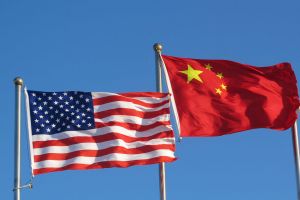China's growth in naval power is proceeding at a remarkable rate and foreshadows a change in the regional maritime balance of power. The US will move from being the preeminent naval power in the region to one that China challenges over time.
Introduction
The implications for US strategic interests are enormous, all the more so if there is a future scenario in which China and the United States come into direct conflict. A veritable cottage industry of analysis has grappled with the question of whether a war between the two countries is likely or even inevitable—avoiding the “Thucydides Trap” has become a near obsession of American analysts and scholars in recent years.
Answering that question is beyond the scope of this paper, but the potential for armed conflict between the two sides—particularly in hot spots like the South China Sea where China has expanded its maritime control—cannot be underestimated. Washington must respond to these challenges forcefully, but carefully, in ways that utilize the full extent of US military, political, and economic power.
